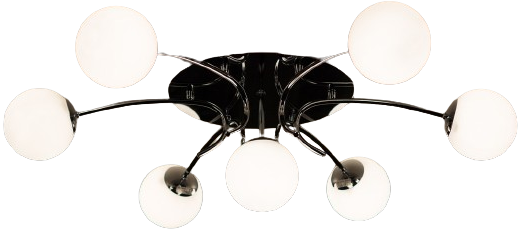
Discover the fascinating origin of the feather duster, a cleaning tool with a rich history that has evolved into a modern household essential. Learn about its development, cultural significance, and how it became an eco-friendly choice today.
The feather duster, a tool commonly found in households around the world, has a history as rich and intricate as the feathers that adorn it. But how did this simple yet effective cleaning tool come to be? This article delves into the origin of the feather duster, tracing its journey from traditional cleaning methods to becoming an essential item in modern homes.
1. The Early History of Cleaning Tools Before the invention of the feather duster, people relied on various rudimentary tools for cleaning dust and debris. Early civilizations used branches, animal skins, and natural fibers to sweep and clean surfaces. These primitive tools laid the groundwork for the development of more specialized cleaning instruments, eventually leading to the creation of the feather duster.
2. The Birth of the Feather Duster The origin of the feather duster is often credited to the 18th century, where it emerged as a clever adaptation of traditional cleaning tools. It is believed that the first feather duster was created in France, using feathers from domesticated birds, such as chickens and geese. These feathers, with their natural ability to attract and hold dust, made them ideal for gentle cleaning, particularly in homes with delicate surfaces like fine furniture and porcelain.
3. Evolution and Cultural Significance As the feather duster gained popularity, it evolved in both design and material. In the 19th century, the ostrich feather duster became a luxury item, favored by the European elite for its soft, durable feathers that were perfect for dusting intricate objects. The feather duster was not just a cleaning tool but also a status symbol, reflecting the owner’s taste and social standing.
4. Modern Innovations Today, feather dusters have come a long way from their humble beginnings. Modern versions incorporate a variety of materials, including synthetic feathers and microfiber, to enhance their dusting capabilities. However, traditional feather dusters, especially those made from ostrich or peacock feathers, remain popular for their effectiveness and natural charm. In particular, the Qiong bamboo feather duster with peacock feathers has gained recognition for its eco-friendly design, blending tradition with sustainability.
5. The Feather Duster as an Eco-Friendly Choice In recent years, the feather duster has seen a resurgence in popularity, particularly among those seeking eco-friendly cleaning solutions. Unlike disposable dusting cloths or chemical sprays, feather dusters are reusable and sustainable. They offer an environmentally friendly alternative that reduces waste and supports a minimalist lifestyle.
Conclusion The origin of the feather duster is a testament to human ingenuity and the ongoing quest for cleaner, more efficient living spaces. From its early days as a handmade tool to its current status as a modern household essential, the feather duster continues to be a symbol of both practicality and elegance. As more people turn to eco-friendly products, the feather duster’s legacy endures, reminding us of the beauty in simple, sustainable solutions.
Leave a Comment
Your email address will not be published.



This is the correct blog for anybody who wants to search out out about this topic. You realize a lot its nearly onerous to argue with you (not that I truly would need…HaHa). You definitely put a new spin on a topic thats been written about for years. Great stuff, simply nice!
Thank you, I am glad to share with you